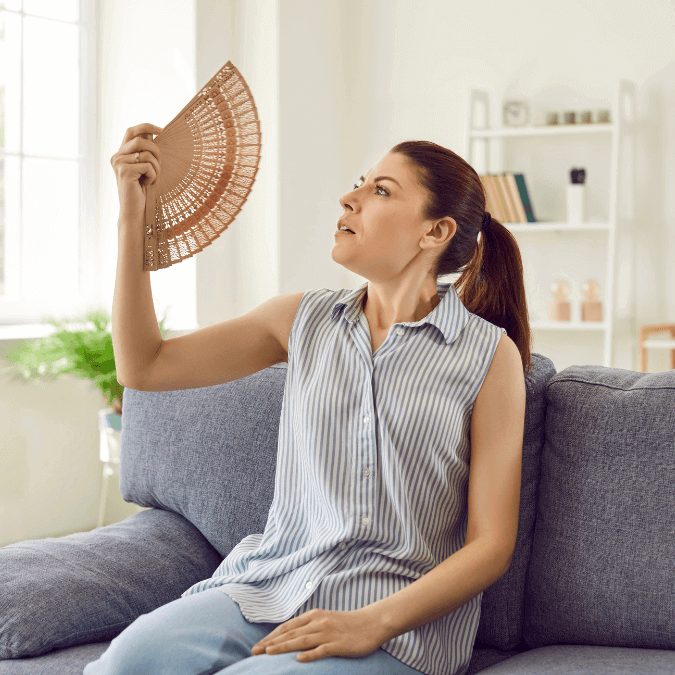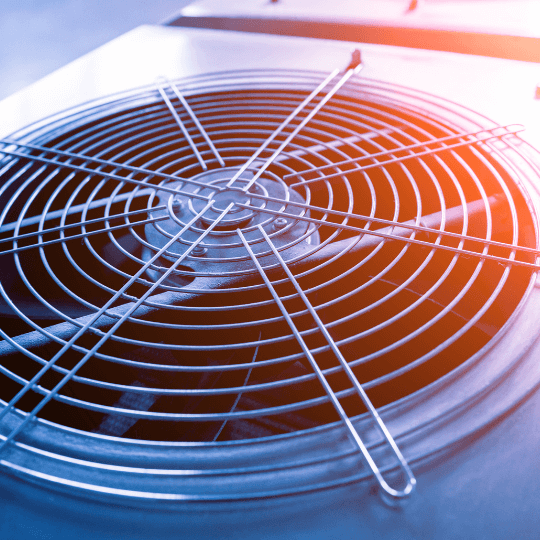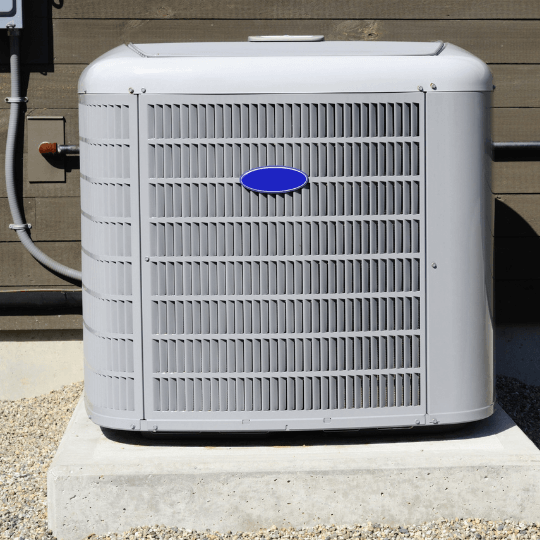There’s nothing quite like the sticky, suffocating sensation of high humidity in Austin homes, turning what should be your comfortable sanctuary into a tropical nightmare.
But your comfort is not the only issue at stake; high humidity also brings with it a variety of challenges for your home, particularly when it comes to HVAC systems and allergen control.
Fortunately, AC Pros has the expertise and cutting-edge solutions to turn your home back into the comfortable haven you deserve, effectively managing humidity and allergens.
In this blog post, we’ll explore some of the unique HVAC challenges that Austin homeowners face and provide solutions for effectively addressing humidity and allergens.
Understanding Austin’s Climate
Austin’s weather is hot and humid, especially in the long summer months. It’s different from the dry heat in the southwest or the cooler summers up north. In Austin, temperatures often rise above 90°F (32°C), and the air is full of moisture.

This mix makes it feel even hotter than it is and brings unique challenges for cooling homes. Unlike places with dry air, people in Austin need to remove extra moisture to keep indoors comfortable.
This humid climate affects everything from what people do outside to how they set up their homes.
Too much humidity can make being outdoors hard and even risky because of the chance of overheating. Inside, it can lead to mold, damage wood and furniture, and break electronics.
So, using dehumidifiers and air conditioners is essential in Austin, not just for comfort but for health and safety, especially when it’s hottest.
The Impact of Humidity on HVAC Systems
High humidity makes air conditioners in places like Austin work harder. They need to cool the air and take out extra moisture to keep things comfortable. This extra work can use more energy and wear out the system faster.
Humid air getting inside can also lead to mold and attract pests like termites and cockroaches. Mold can harm your health and damage your home, while pests can threaten your house’s structure.
If your HVAC system isn’t managing the humidity well, it could lead to uncomfortable conditions and expensive repairs.
Addressing Humidity Issues
Excess moisture in the air can make your home feel warmer than it actually is and lead to various problems, from mold growth to increased allergen levels. Fortunately, there are effective strategies to manage humidity and ensure your living space remains a comfortable haven.

1. Seal and Insulate: The first step in controlling indoor humidity is to prevent moist, outside air from entering. Sealing leaks around doors, windows, and other openings with weather stripping and caulking can make a big difference. Proper insulation in walls, attics, and crawl spaces also helps maintain indoor temperature and humidity levels by keeping the warm, moist air out.
2. Ventilate: Proper ventilation is key, especially in areas of your home that generate a lot of moisture, like kitchens and bathrooms. Use exhaust fans to vent moisture-laden air directly outside. This will help reduce the humidity level in your home and prevent mold growth.
3. Use Dehumidifiers: Dehumidifiers are invaluable tools for removing excess moisture from the air. A dehumidifier can significantly improve comfort levels in spaces without adequate air conditioning or in particularly humid conditions. For larger homes, consider a whole-home dehumidifier system that works with your HVAC to manage humidity throughout the house efficiently.
4. Upgrade Your HVAC System: Modern HVAC systems are designed with humidity control in mind. Features like variable speed fans and built-in dehumidification settings can actively remove moisture from the air without overcooling your home. Investing in an HVAC upgrade can be a game-changer for both humidity control and energy efficiency.
5. Regular Maintenance: Keeping your HVAC system in top shape is crucial for effective humidity control. Regular maintenance checks can ensure that your system operates efficiently and effectively, removing moisture. Changing filters, cleaning ducts, and checking for leaks are all part of a good maintenance routine.
Dealing with Allergens in Austin
Austin is home to various allergens that can cause discomfort or even health issues for many people. Here’s a simple guide on the common allergens and how to minimize their impact:
Pollen: In Austin, pollen from trees, grass, and weeds is a big allergy trigger, especially when plants are in bloom. Keeping an eye on local allergy forecasts can help you know when pollen counts are high so you can take steps to protect yourself.
Dust Mites: These tiny bugs love warm, humid places and can cause allergies or asthma. Mites are often found in bedding, upholstered furniture, and carpets.
Mold Spores: Mold thrives in moist areas and releases spores that can cause allergic reactions or breathing problems.
Staying Ahead of Allergies:
- Check Allergy Forecasts: Knowing when allergen levels are high can help you plan to stay indoors, close windows, and use air purifiers to keep the air in your home clean.
- Shower After Being Outside: This helps wash off any allergens that have stuck to you, reducing the chance of a reaction.
Reducing Allergens at Home:
- Air Purifiers: Devices with HEPA filters are great for trapping airborne allergens and keeping your air clean.
- HVAC Filters: Use high-efficiency filters in your heating and cooling system to catch allergens circulating through your home.
- Clean Regularly: Dusting, vacuuming with a HEPA-equipped vacuum, and washing your linens regularly can cut down on allergens like dust mites and pet dander.
By following these tips, you can make your home more comfortable, even for those with allergies.
Choosing the Right HVAC System for Austin
Picking an HVAC system for Austin’s unique weather means focusing on a few key features to keep your home comfortable, energy-efficient, and the air clean.

High-Energy Efficiency: Look for systems with a high SEER rating. This number tells you how efficiently the unit cools per energy unit used, which is crucial for handling Austin’s long, hot summers.
Humidity Control: With Austin’s humidity, you need a system that can pull excess moisture from the air. Options like variable-speed blowers and smart thermostats help keep humidity levels just right.
Clean Air Features: Air quality is a big deal, especially with Austin’s allergens. Choose systems with built-in air purifiers and high-quality filters to keep the air in your home clean and fresh.
Innovative Technology: Consider systems with the latest tech. Geothermal Heat Pumps tap into underground temperatures for efficient heating and cooling.
Smart HVAC systems let you control and adjust settings from anywhere, adapting to changes in weather in real time. UV-C Light technology adds an extra defense, targeting tiny air pollutants.
Together, these features make sure your HVAC system is ready to tackle Austin’s specific climate challenges, keeping your home a healthy and comfortable place to live.
Final Thoughts
Effective HVAC solutions are crucial for comfort, preventing mold, and ensuring clean air.
AC Pros specializes in providing cutting-edge HVAC systems and services tailored to Austin’s specific needs, from advanced air purification to humidity control. Don’t let humidity and allergens compromise your home’s comfort and health.
Contact AC Pros today to secure a tailored solution that keeps your indoor environment perfect, regardless of Austin’s weather challenges.
